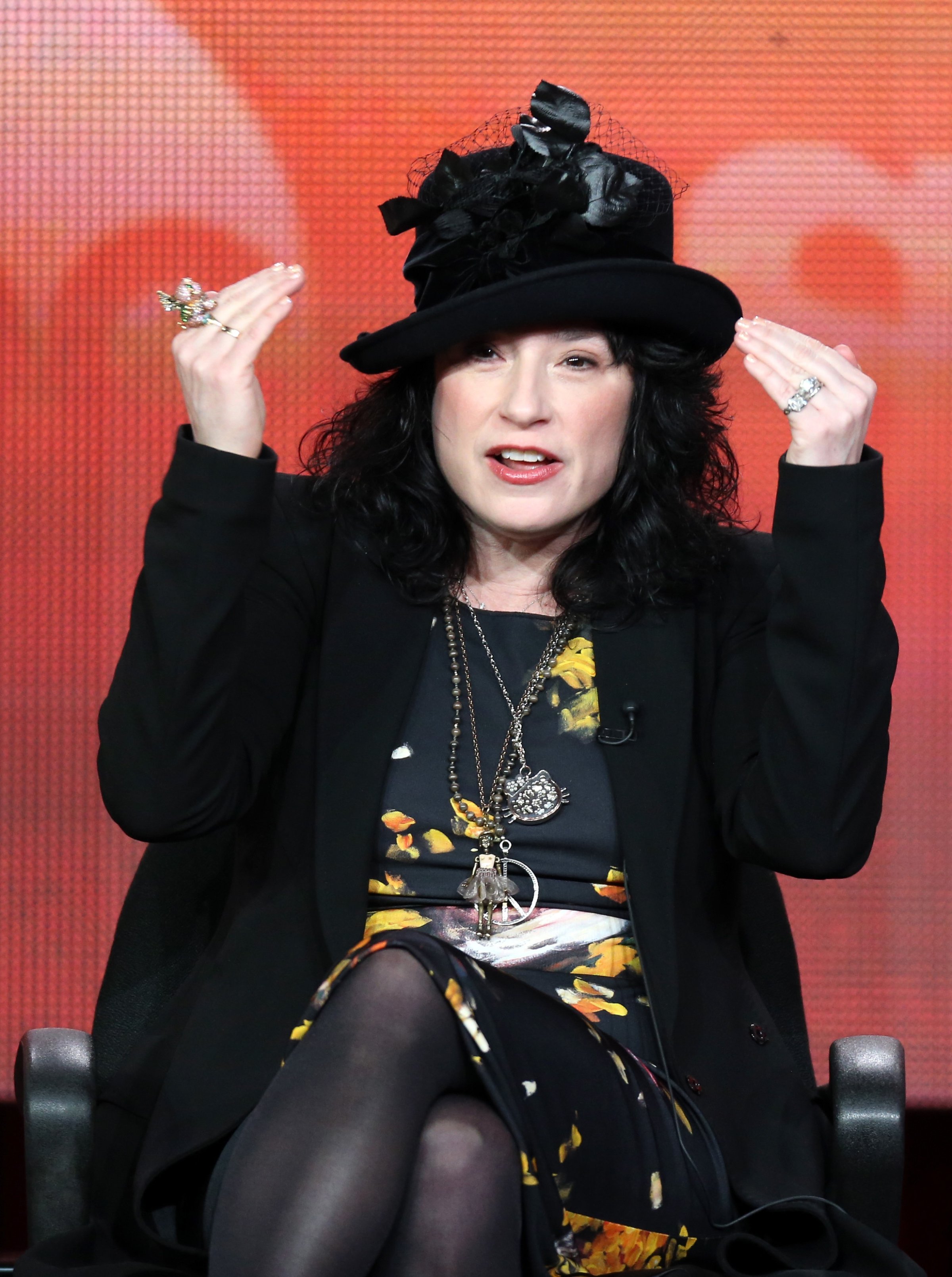
Fifteen years after the debut of Gilmore Girls, creator Amy Sherman-Palladino knows she captured lightning in a bottle.
“Today, you don’t sell Gilmore Girls,” Sherman-Palladino said during Saturday’s ATX Festival panel, moderated by EW’s own Danielle Nussbaum. “Nobody would buy it. It wouldn’t happen.”
Gilmore Girls, which debuted in 2000, starred Lauren Graham and Alexis Bledel as the fast-talking dynamic duo of the title, Lorelei and Rory Gilmore. The key to bringing the show to life in that era was timing. “They kind of just left us alone, which also never happens anymore,” said Sherman-Palladino, who is currently writing the book to an original musical as well as a pilot for Amazon. “We ran wild like crazy meth kids around the WB lot, inventing things.”
Here are some of the highlights from the panel:
On Gilmore Girls standing the test of time:
“As a writer, you expect to be fired before it gets on the air,” Sherman-Palladino said, noting they were up against tough competition in Friends and Survivor when they launched before being moved against American Idol. Still, years later—especially now that the show is on Netflix—there’s a whole new generation of Gilmore Girls viewers. “Now there are 20 year olds coming up to me, ‘You’re so young and full of hope. Why?’”
On Gilmore Girls’ pop culture references:
While new viewers may not understand some of the older pop culture references, the writers tried not to alienate viewers. “I wanted it to be something everyone would enjoy,” she said. If Gilmore existed now, however, Sherman-Palladino said she would’ve loved to riff on Amanda Bynes.
On filming Gilmore Girls:
“It started with the necessity of not being in Toronto,” Sherman-Palladino said, recalling moving the show to the WB backlot, where she envisioned a “warm and candy-colored” Stars Hollow. “You want that feeling of warmth.”
On the speed of Gilmore Girls:
While the network never asked Sherman-Palladino to slow the dialogue down, the creator did learn the hard way that her scripts needed to be longer. “Because we were so fast, our page count was very long,” she said. “On Gilmore, I turned in a pilot that was like 60-something pages. I knew I needed to get it down to 50, but I was just feeling internally that this was right. We shot it and we were 15 minutes short. Legally you cannot put the program on when it’s that short. We had to shoot four extra scenes.” As she explained to the network, “The way it’s written, if you say this stuff slow, it’s going to blow.”
On casting funny gal Melissa McCarthy on Gilmore Girls:
“To get Melissa, I had to fight,” she said. “She had a different energy. The part was written for a woman, there was no body type. They just weren’t sure. It was a tricky sell. It took a while. Everybody came around. It just took a few shows. She is different and different is sometimes not the easiest thing to embrace, but that’s true of life. If we want people to embrace more Melissa McCarthys and more complicated parts… we have to keep writing the parts, fighting the fights and be willing to be fired to say, ‘Mr. Person with Money, you’re wrong.’”
On the end of Gilmore Girls:
“All good things must die,” she said. “The last season was the last season. Shit happens. We left it in the hands of our writers. We had good, smart, strong writers who had trained with us. We felt like if we can’t be there, at least it’s in the hands of people who would honor the spirit of what we set up. It’s always a bummer when you don’t get to end it. I hoped there would be a call, ‘Hey, it’s the last episode, do you want to come back?’ But there wasn’t. I’m so incredibly amazed at what we got to do. The legacy is there. I’m still on speaking terms with the entire cast. When does that happen?”
More Must-Reads From TIME
- The 100 Most Influential People of 2024
- Coco Gauff Is Playing for Herself Now
- Scenes From Pro-Palestinian Encampments Across U.S. Universities
- 6 Compliments That Land Every Time
- If You're Dating Right Now , You're Brave: Column
- The AI That Could Heal a Divided Internet
- Fallout Is a Brilliant Model for the Future of Video Game Adaptations
- Want Weekly Recs on What to Watch, Read, and More? Sign Up for Worth Your Time
Contact us at letters@time.com